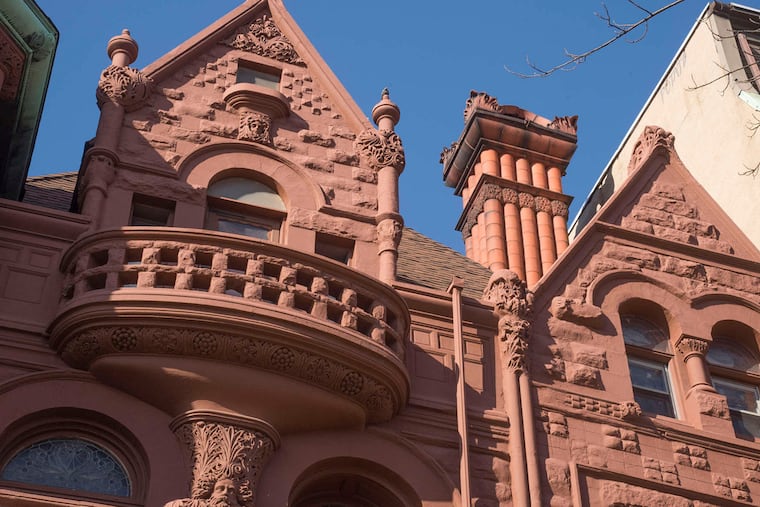Good Eye: Mansion District
Mention the "Mansion District" to many Philadelphians, and they will assume you're talking about Rittenhouse Square or Chestnut Hill. The city's official Mansion District can actually be found in North Philadelphia, just a block below Temple University.
